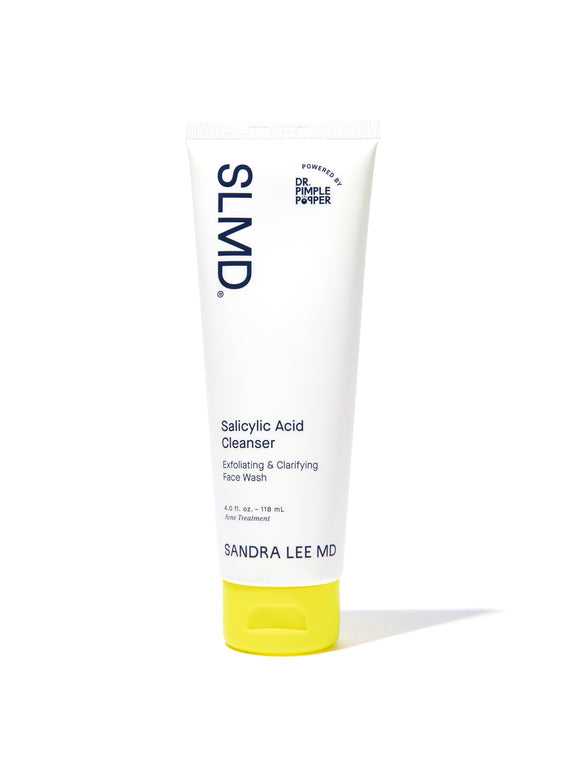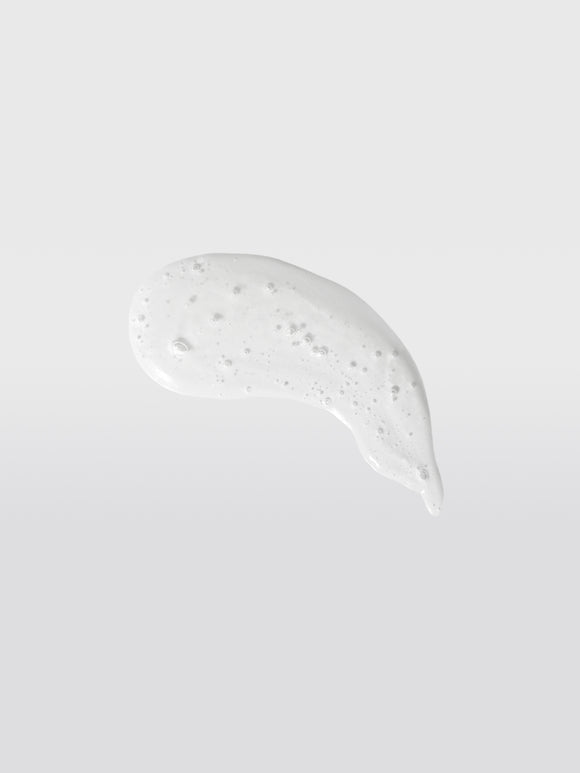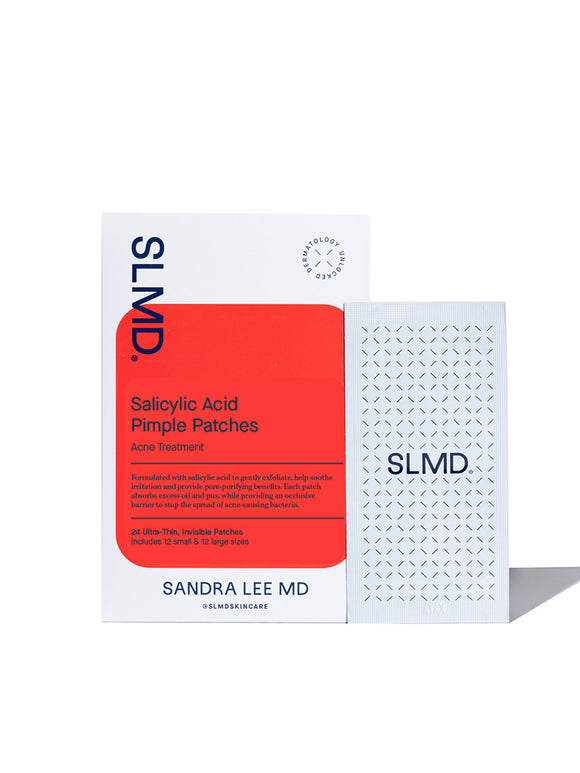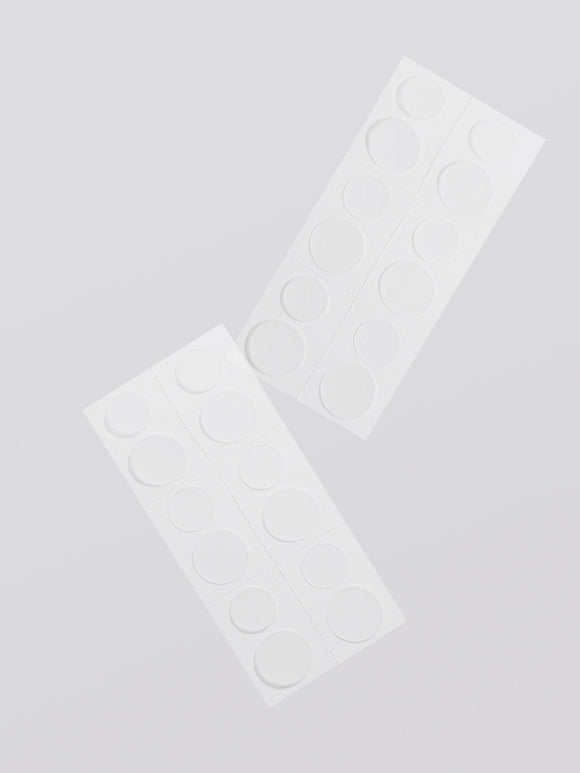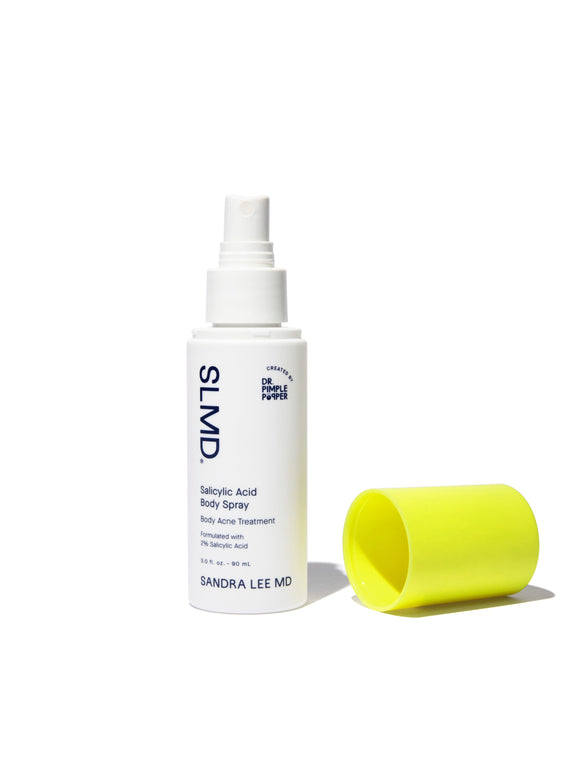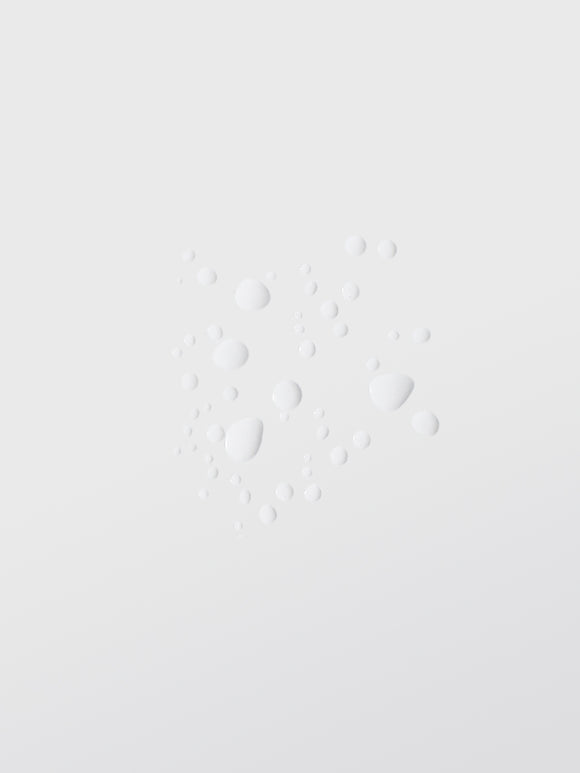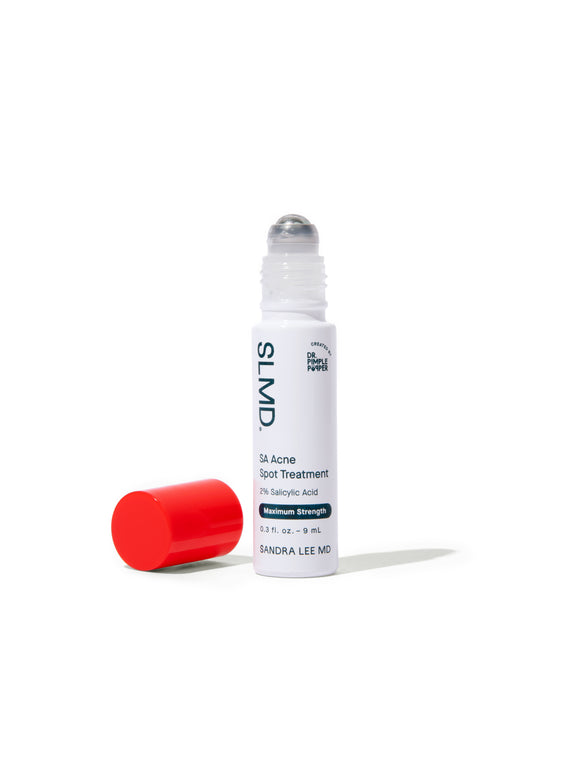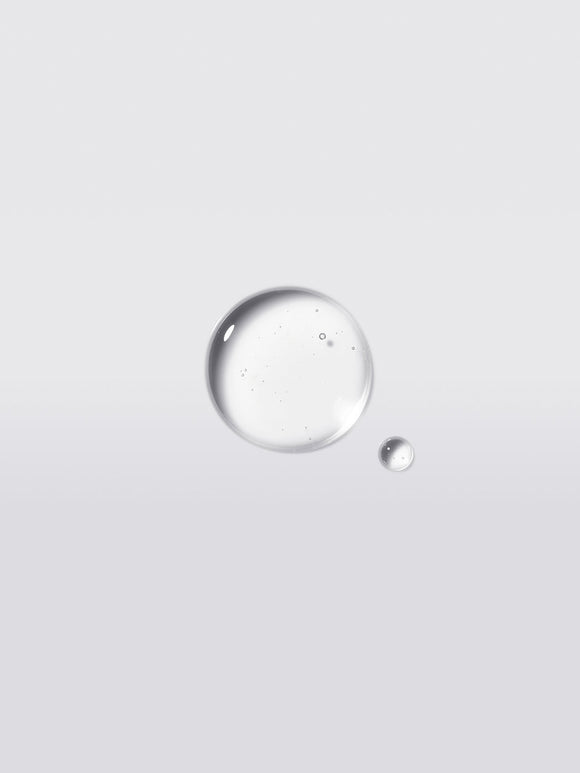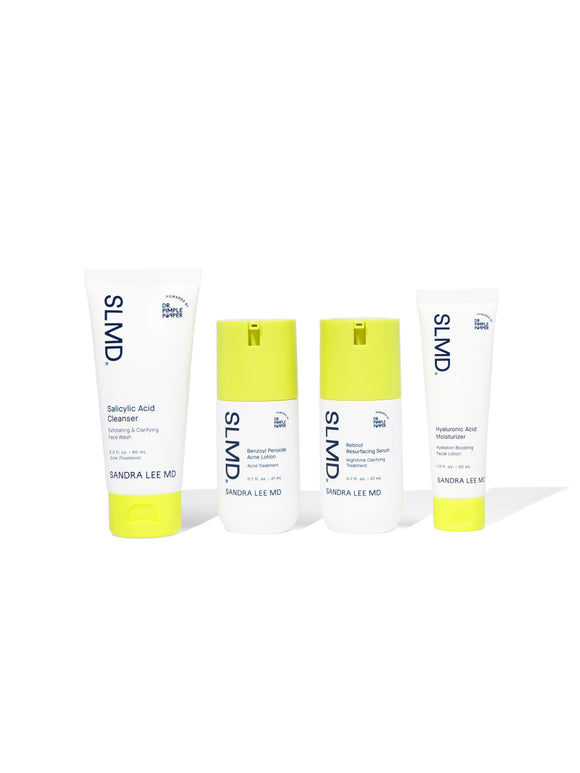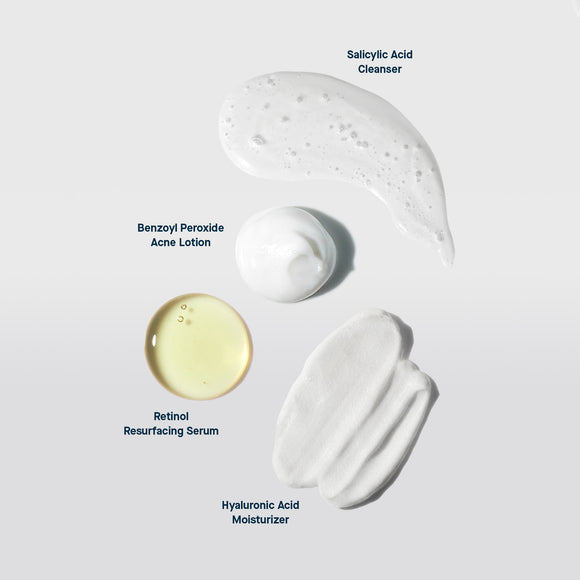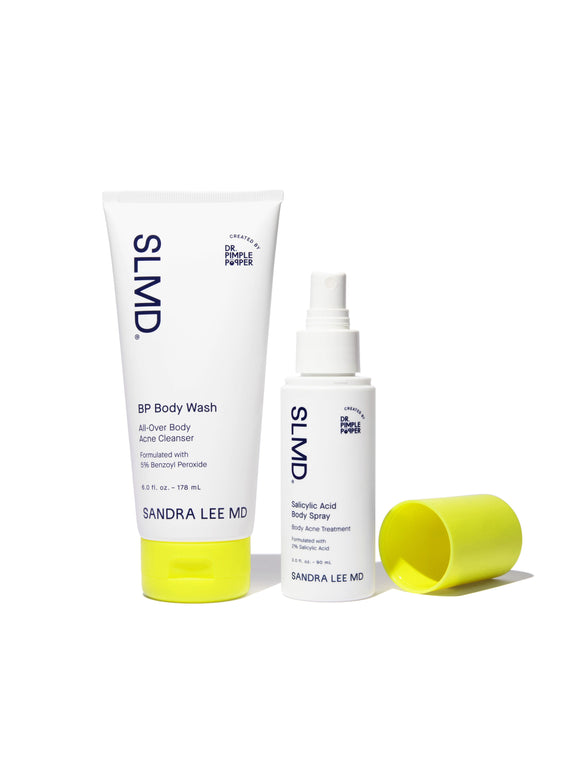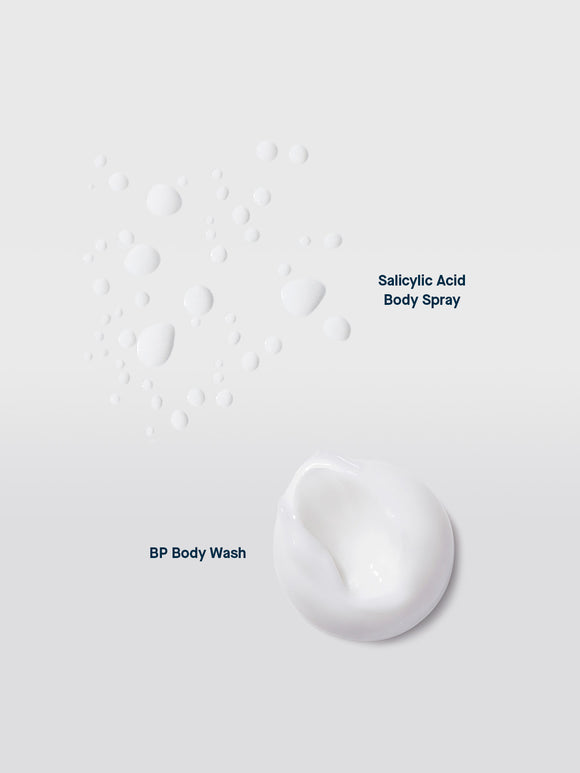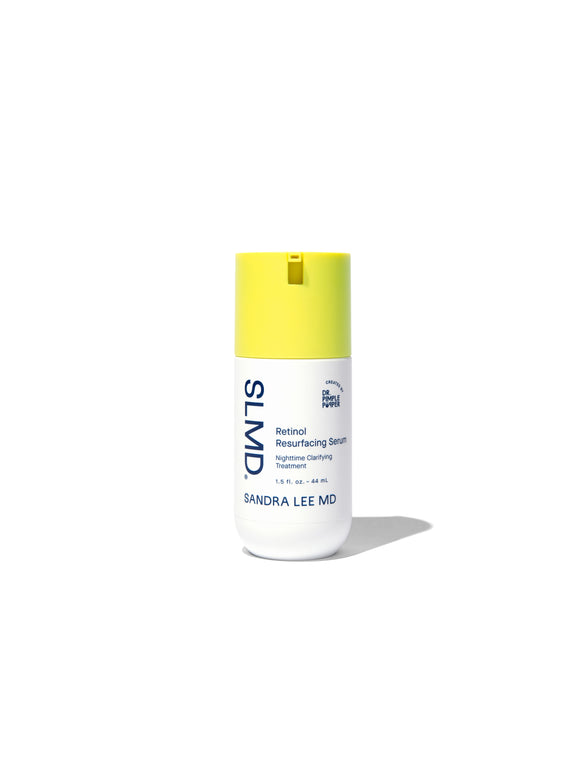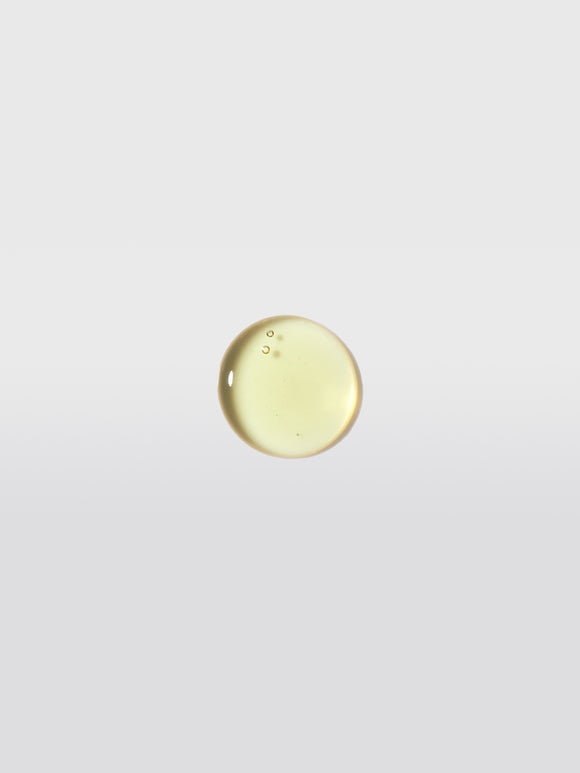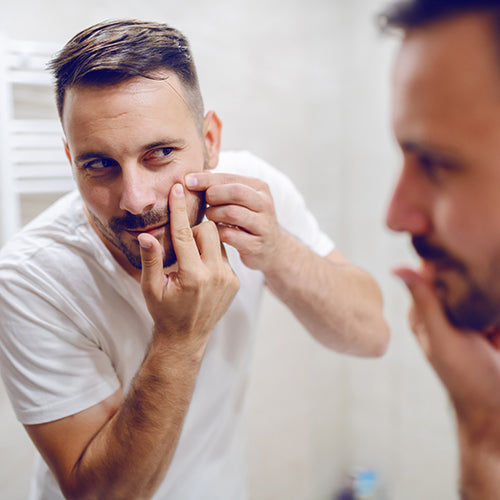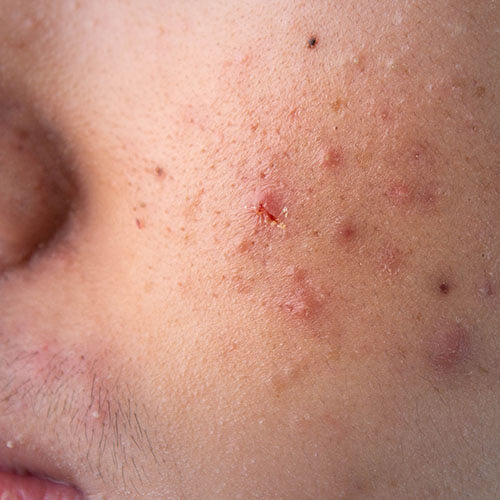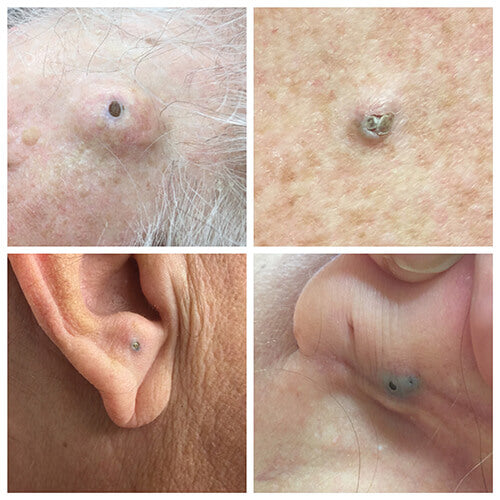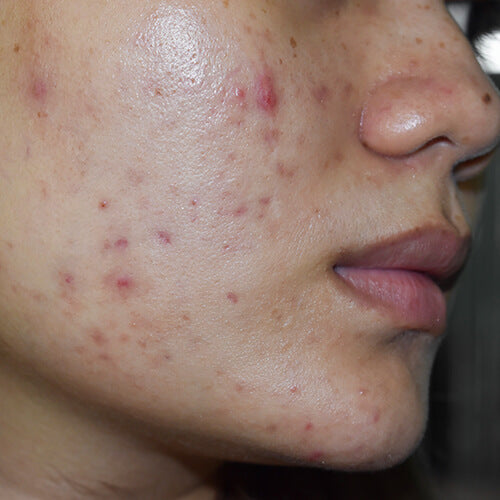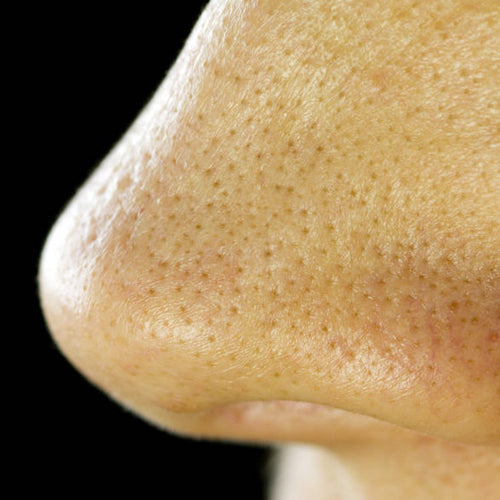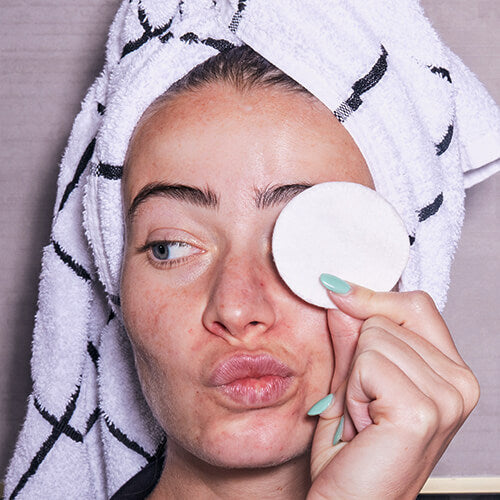
4 Myths About Salicylic Acid
Dr. Pimple Popper clears up confusion surrounding one of her favorite chemical exfoliants.
Published:
2 minute read
Chances are, you’ve heard the term exfoliant. You may even be able to name one of the most popular chemical exfoliants, salicylic acid. But since there's a lot of conflicting information circulating out there (especially on social media!), we’re clearing up some of the most common myths surrounding salicylic acid with the help of SLMD Skincare founder, Sandra Lee, MD (aka Dr. Pimple Popper).
What is salicylic acid?
First off, let’s recap. Often called “the wonder acid,” this beta hydroxy acid is oil soluble — meaning it can penetrate into your sebum-filled pores to clear out dead cells and excess sebum. It also sloughs off dead cells from the skin’s surface.
Salicylic acid works well in cleansers, spot treatments and serums — and it's highly effective for the body as well, in more potent concentrations.
MYTH #1: Salicylic acid is only for acne
Yes, it’s true that this beta hydroxy acid is known for its incredible ability to help keep pores clear of sebum and dead skin cell buildup. It also inhibits bacterial growth — making it ideal for acne-prone skin, notes Dr. Lee. Salicylic acid also exfoliates dead surface cells, combatting dullness and fine lines — which makes it ideal for a well-aging regimen. In addition, it calms inflammation with the same ingredient found in aspirin.
MYTH #2: Salicylic acid is just like other exfoliants
Unlike water soluble alpha hydroxy acids like glycolic or lactic, salicylic acid is an oil soluble beta hydroxy acid. This means that it’s capable of dissolving in oil — pretty useful when trying to penetrate past the fine layer of lipids on the skin’s surface.
Once salicylic acid reaches the pores, it can dive deeper into the gunk that’s trapped there — like excess sebum, dead skin cells, and possibly bacteria — and unclog that buildup. This means that it’s especially helpful for addressing the root cause of acne.
Dr. Pimple Popper's Salicylic Acid Picks
MYTH #3: Salicylic acid is not safe for sensitive skin
Especially when used in cleansers, salicylic acid is mild and safe for all skin types and is a natural anti-inflammatory. Even Dr. Lee, who has very sensitive, dry skin, uses her best-selling Salicylic Acid Cleanser regularly. In the dry winter months, she uses it only in the evening, and just splashes water on her face in the morning — so she still gets the exfoliating benefits of BHA without irritation or dryness.
If you have sensitive skin or a chronic skin condition like atopic dermatitis (aka eczema), try patch testing the product and build up gradually as tolerated. If you experience an issue, dial it back. As always, just listen to your skin, and wear sunscreen — as salicylic acid can make you more UV sensitive.
Myth #4: You can't combine salicylic acid with other active ingredients
This is one we've tackled before: as long as you proceed with caution, it's perfectly acceptable to use salicylic acid with other actives. Here are a couple of Dr. Lee's recommended pairings:
- With retinol: because it's an exfoliant, salicylic acid can help prep skin so that ingredients like retinol penetrate better. Try SLMD Salicylic Acid Cleanser + Retinol Resurfacing Serum in the evening. If you're sensitive, don't use them at the same time in your routine.
- With alpha hydroxy acid: combining BHAs and AHAs in the proper concentration can boost their exfoliating without added irritation. SLMD AHA/BHA Swipes contains a cocktail of glycolic, lactic and salicylic acids to refine skin and help clear pores.

Dr. Lee's Last Word
I get so many questions from patients about how to use chemical exfoliants. There’s just so much conflicting information out there, especially on social media, but salicylic acid is a good one that can work for a variety of skin types. Everyone’s skin is different — so when you’re using exfoliants, don’t overdo it, and always listen to what your skin is telling you.



